Western Meadowlark
Latin: Sturnella neglecta
How we empower ranchers and consumers to protect grassland birds.
Western Meadowlark Photo: James Halsch
Honesty, transparency, and quality are cornerstones of our fourth generation family ranch. We work in sync with Mother Nature, and are committed to progressive carbon farming practices that fight climate change and enhance our ecosystems.
Morris Grassfed Beef customers enjoy a boon to their health bite after succulent bite, knowing that their food choices are also good for the earth.
We are proud to be the first ranch in California to receive the Audubon seal of approval. Our ranches promote biodiversity, sequester carbon and enhance habitat for threatened and endangered species.
Organically raised, sustainable, GAP-4 certified, grassfed and grass finished, and 27 day dry-aged. We are now proud to be Audubon Certified!
Go from consumer to conservationist when you purchase beef and bison raised on Audubon Certified bird-friendly land!
Cattle are grazed and grass is finished at Bobcat Ranch in Winters, CA. The ranch is certified organic and the flagship property of California Audubon Conservation Ranching (ACR) program.
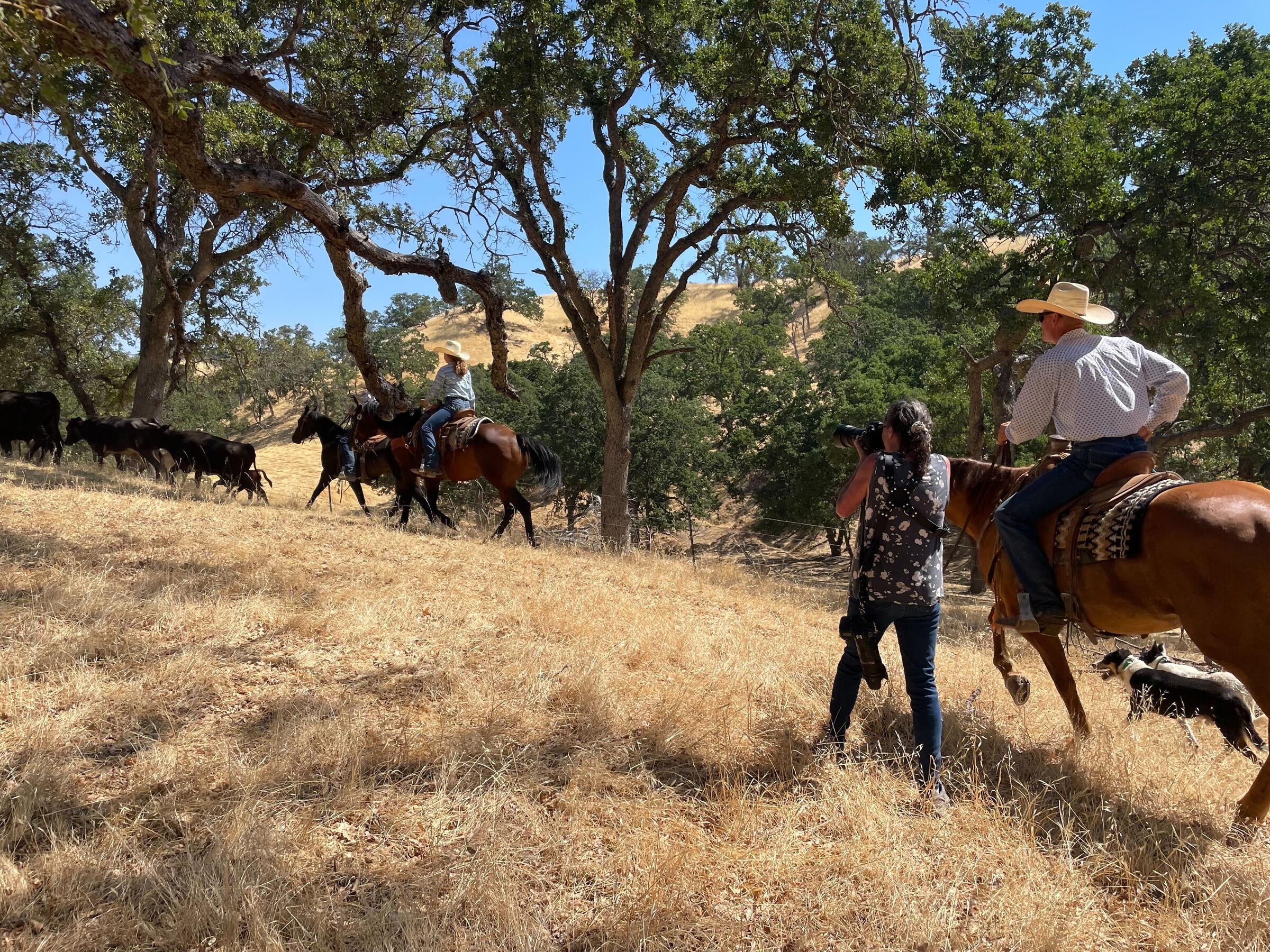
Join us!
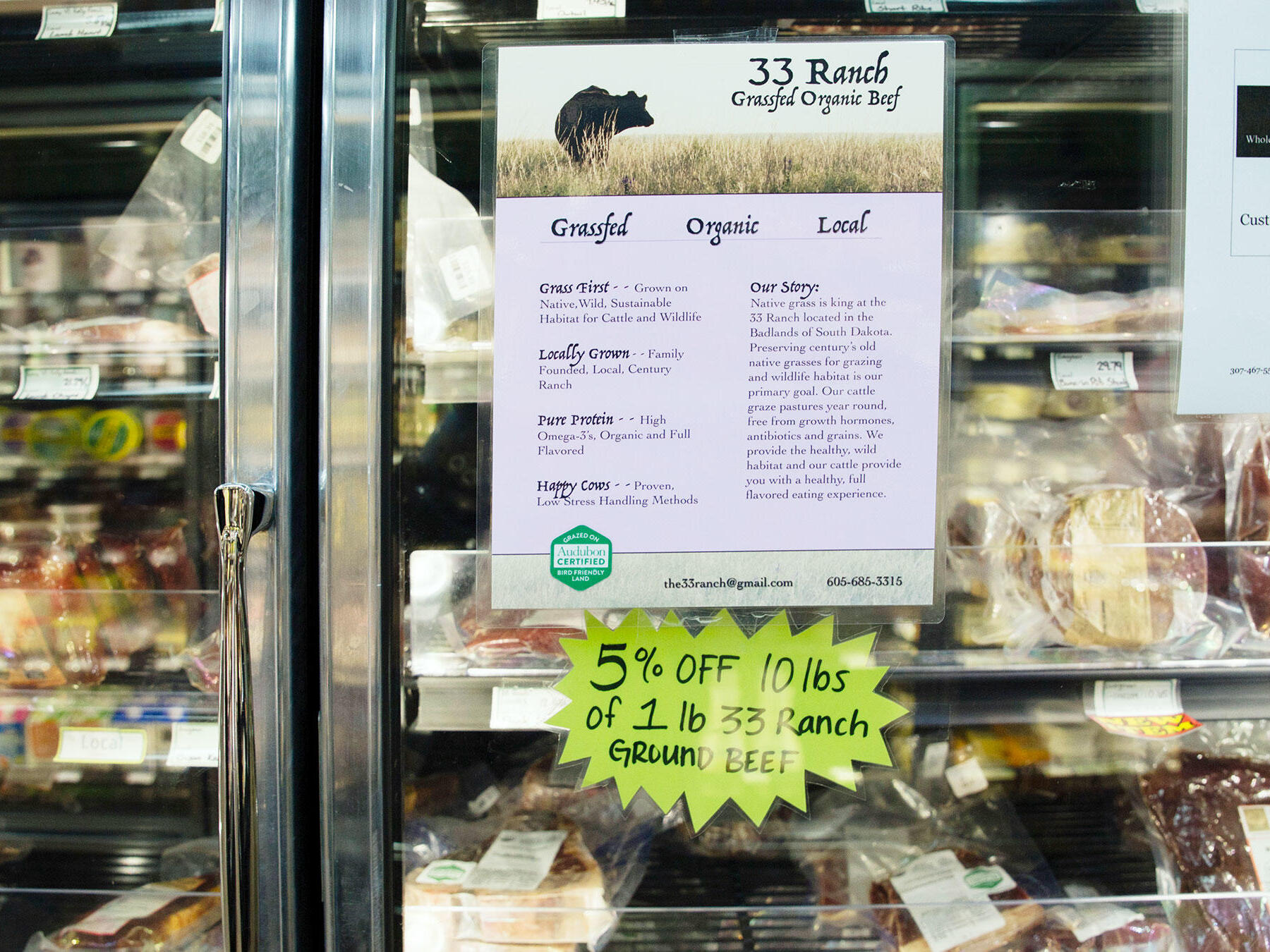
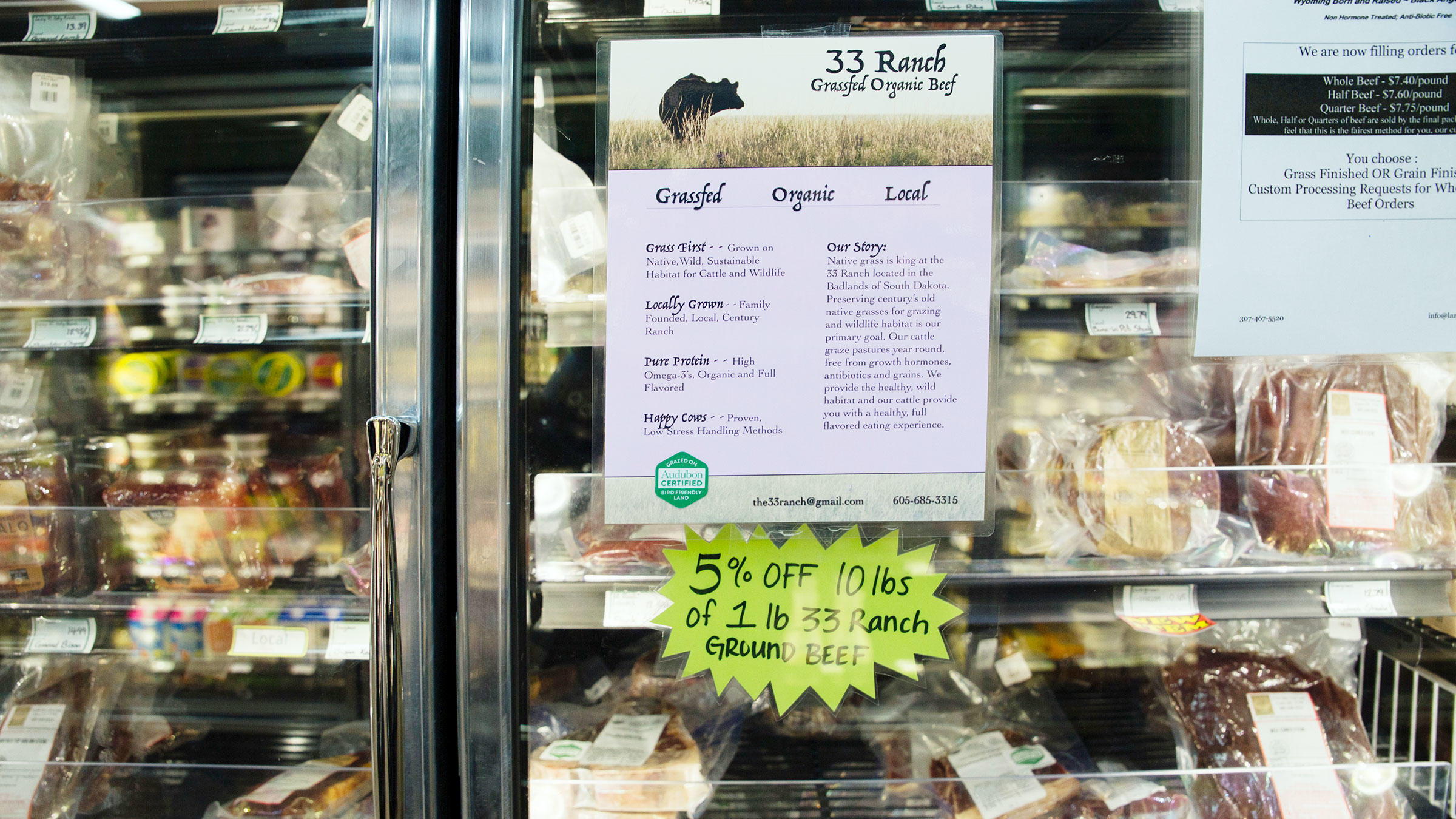
Photo: Mike Fernandez
Your guide to the ranches and retailers that sell products raised on Audubon Certified bird-friendly land.
Audubon Conservation Ranching: Hooves on the Ground, Wings in the Sky
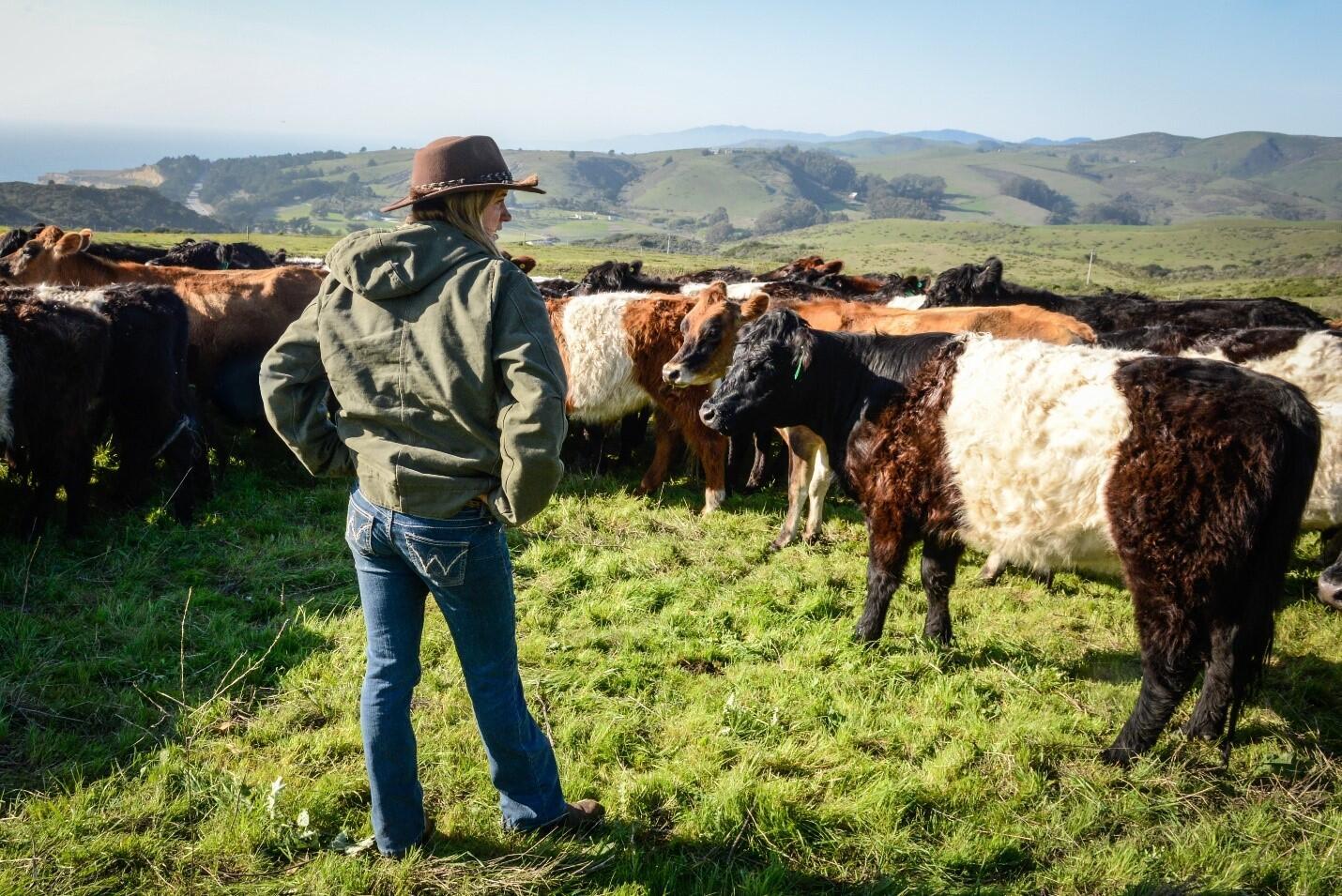
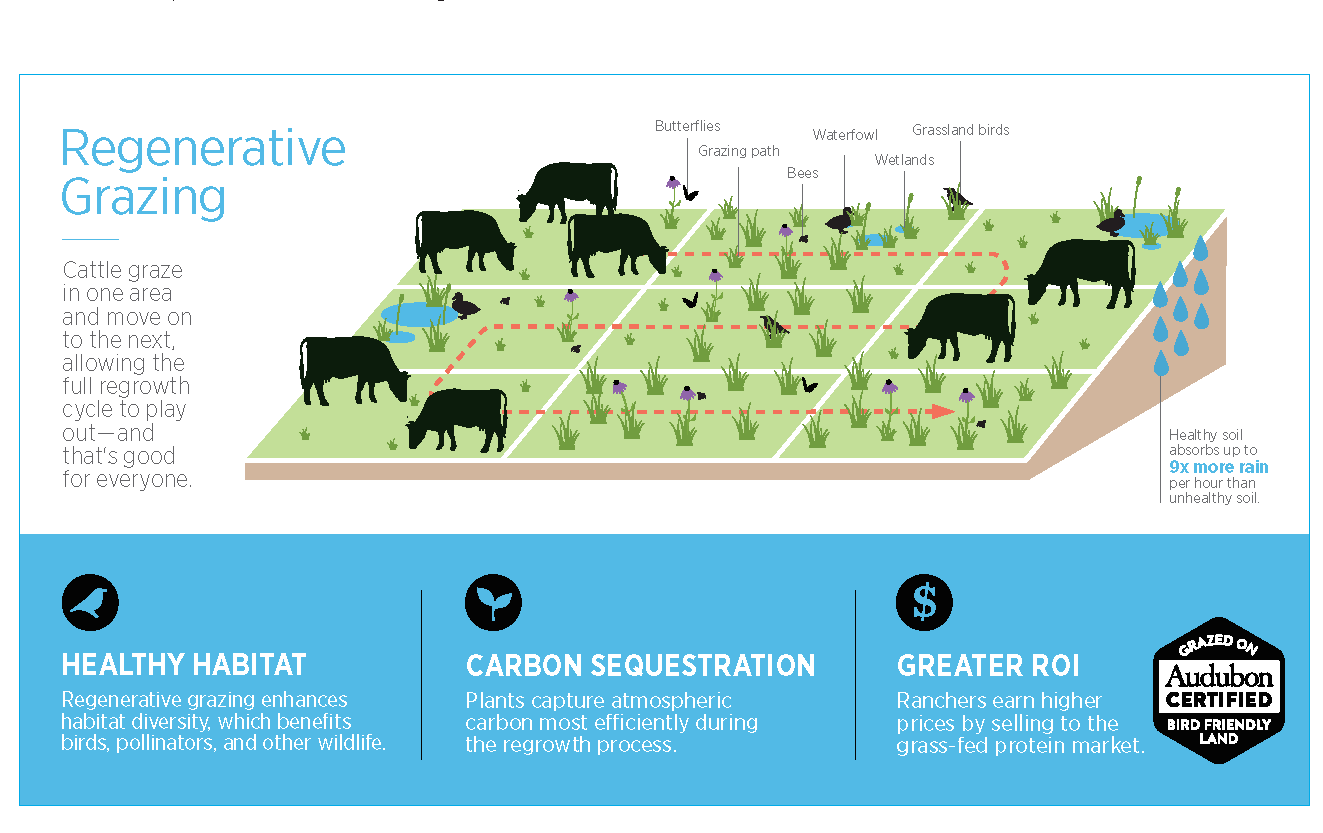
Beef from Audubon-certified lands garner a premium price and provides a unique opportunity for ranchers to showcase their excellent management practices. This helps them care for their families and provides exceptional habitat for wildlife. By first listening to the ranching community, trusting in their knowledge of sustainable land management, and learning from their resiliency in a volatile marketplace, we are ensuring that our strategies and solutions will benefit both people and nature. Buying beef from Audubon-certified lands supports rural economies and the ranching way of life.

Since 2019, the Conservation Ranching Initiative in California has:
• Enrolled 17 different properties, as part of four ranching operations, totaling~70,000acres
• Conducted vegetation, soil, and bird surveys on participating ranches
• Outreach and education to hundreds of partners and eco-conscious consumers
• Developed technical and advisory committees with industry experts
We thank the California Wildlife Conservation Board (WCB) for their support.
Audubon California-Sponsored bill encourages ranching practices that restore grasslands and sequester carbon.
Conservation ranching techniques create habitat and sequester carbon. Under a new bill, the state would pay ranchers to implement them.
To celebrate Women’s History Month, we’re introducing you to the incredible women ranchers in California who are enrolled in Audubon’s Conservation Ranching Initiative. We asked questions, and they responded with fun, insightful, and birdy answers.
If annual, non-native, and invasive grasses have a strategy for success, it is certainly, “the early bird gets the worm.” Our response focuses on prescribed burns and timed grazing to benefit grassland birds.
The LNU Lightening Fires reached Bobcat Ranch, a 6,800 acre blue oak conservation property and certified Audubon Conservation Ranch. Thanks to the prevention work and prescribed fires by CAL FIRE and our staff, we successfully protected Bobcat Ranch’s infrastructure and surrounding developments.
A 6,800-acre working cattle ranch dedicated to the conservation of blue oak woodlands, grassland birds, and the demonstration of the Audubon Conservation Ranching Initiative.
By partnering with landowners, we can create lasting protections for birds.
Regenerative grazing increases plant diversity and productivity with benefits for bees, butterflies and birds.
389 Species on the Brink: Two-thirds of North American birds are at increasing risk of extinction from global temperature rise.
Our newsletter is fun way to get our latest stories and important conservation updates from across the state.
Help secure the future for birds at risk from climate change, habitat loss and other threats. Your support will power our science, education, advocacy and on-the-ground conservation efforts.
California is a global biodiversity hotspots, with one of the greatest concentrations of living species on Earth.